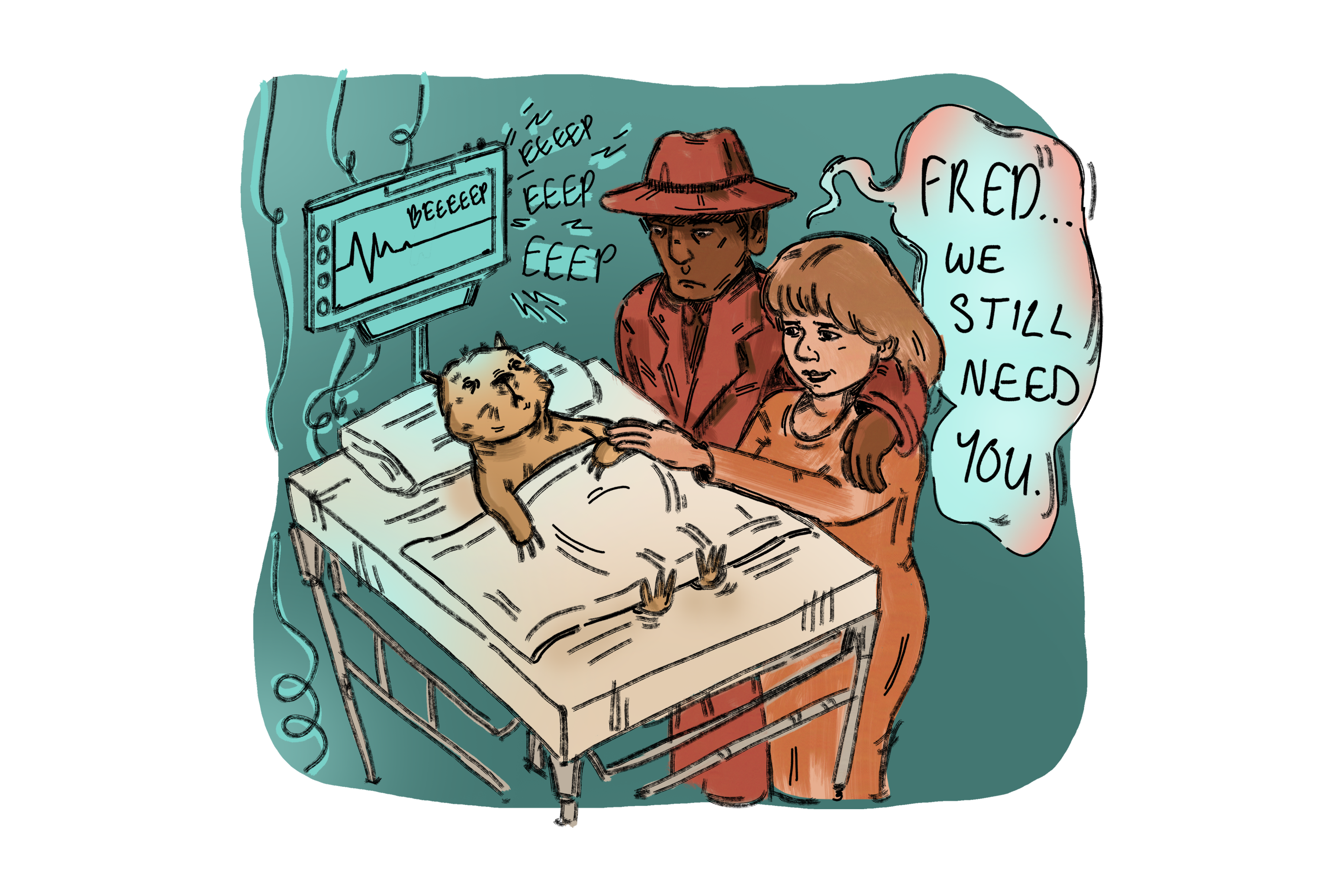What does that mean for spring?
When Feb. 2 rolls around, we all come together to celebrate Groundhog Day. Whether you partake in making a prediction or not, it’s always fun to hear what the predictions might be.
Some of you might find yourselves asking, why do we have Groundhog Day?
Well to begin, Groundhog Day falls right in between the winter solstice and spring equinox. In many different cultures, Feb. 2 brought many events of various significance, the most popular being the event celebrated in Christianity.
Christians celebrated Candlemas, which was a feast that commemorated the presentation of Jesus at the Holy Temple in Jerusalem. If the weather around Candlemas was sunny, Christians believed that there would be 40 more days of snow.
According to the History channel website, the first official Groundhog Day was celebrated on Feb. 2, 1887, in Punxsutawney, Pennsylvania. The celebration was the ingenious idea of the local town’s newspaper editor Clymer Freas.
Freas at the time sold a group of groundhog hunters and businessmen, known as the Punxsutawney Groundhog Club, on the idea.
At first, the annual Groundhog Day festivities took place at a site called Gobbler’s Knob. Nowadays thousands of people flock to this site in Punxsutawney for Groundhog Day.
But unfortunately in our neck of the woods here in Quebec, tragedy has struck this Groundhog Day. Fred la Marmotte passed away on Feb. 1, the night before he was supposed to give his prediction.
According to Global News, when the organizer of the event at Val d’Espoir, Roberto Blondin, went to wake Fred up during the night, he wasn’t showing any signs of life.
Blondin explained to the crowd at Val d’Espoir that Fred most likely passed away during hibernation.
The celebration of Groundhog Day still went forward despite the tragic turn of events. A group of volunteer children came in and made the prediction in front of the crowd at Val d’Espoir in Quebec. They predicted six more weeks of winter.
Close to Quebec in Ontario, Wiarton Willie predicted an early spring from a plexiglass box on stage in front of a big crowd.
In Nova Scotia, Shubenacadie Sam also predicted six more weeks of winter. She ventured out of her enclosure at the Wildlife Park and saw her shadow.
Next year, the tradition of Groundhog Day will continue with Fred la Marmotte’s successor, Fred Junior.
